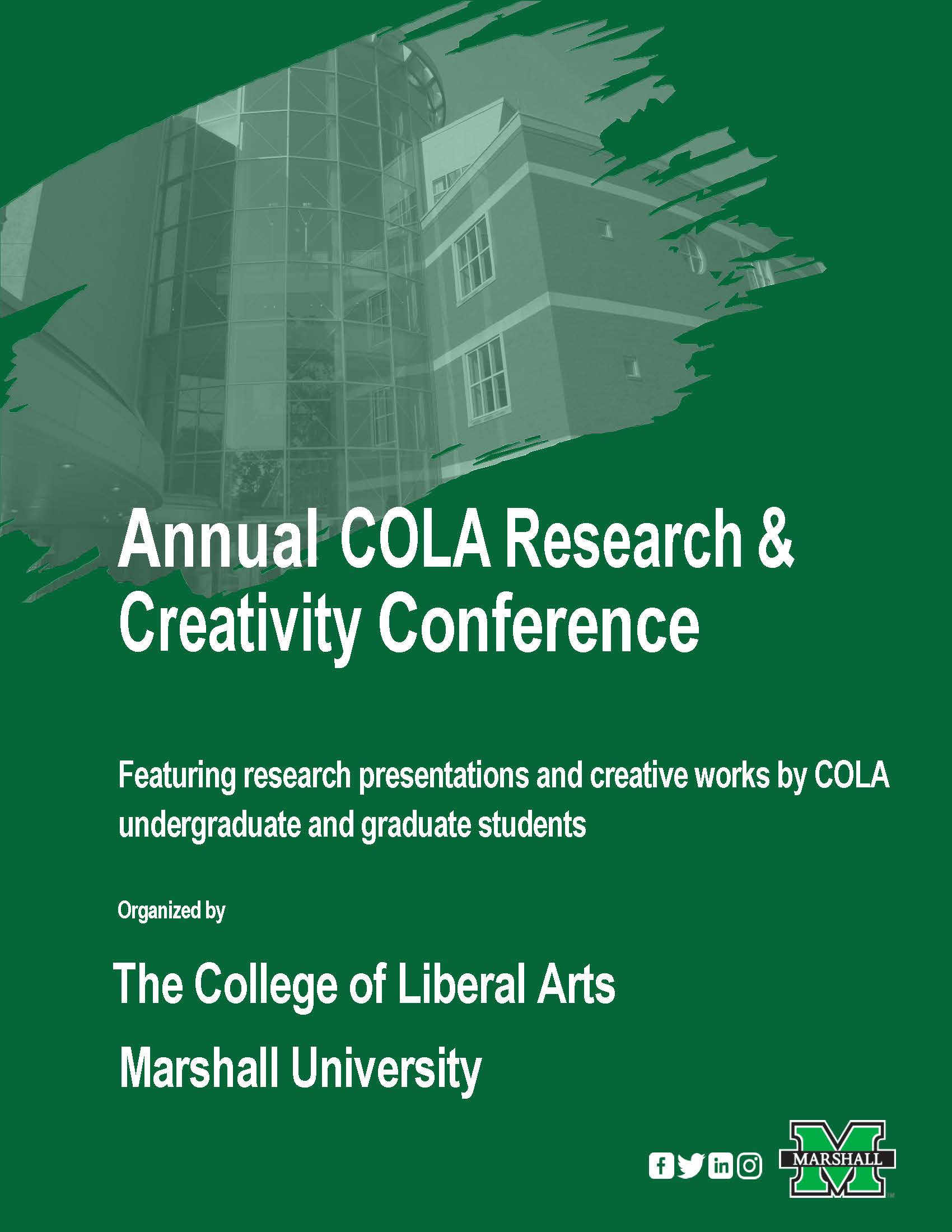Document Type
Panel Presentation
Start Date
18-4-2019 9:15 AM
End Date
18-4-2019 10:30 AM
Keywords
Christianity, Pharisees, Food
Biography
John Ross is a Philosophy major interested in topics of religion, politics, and death.
Major
Philosophy / Humanities
Advisor for this project
Jeffrey Ruff
Abstract
The imagery of Jesus holding a loaf of bread and saying “This is my body” is a profound, explicit in its image of the centrality of food to the Christian faith, which has great depth in Christian symbolism. The eucharist is a defining element in Christian spiritual life, from the early Church up until the present. The eucharist predates the composition of the gospels, and its influence on the early Church can be felt in the gospel of Matthew. Matthew especially uses food in this text to distinguish the early Church from the Pharisaic movement.
In order to explore this distinction, I will survey what the Pharisees were, some background on the Gospel of Matthew, and the historical religious significance of bread and wine in the Levant to demonstrate the interconnectedness of food with faith. Next, for both Christians and Pharisees, it is impossible to separate the importance of food. For both traditions, manna from heaven at the time of Moses in Exodus 16 comes to mind as a critically important Torah story. Then, for the Christians, the sacrifice of Jesus during his execution symbolized by the body and blood in the sacrament of the elements of bread and wine. By using this cultural and religious imagery, I argue the Gospel of Matthew seeks to distinguish Matthew’s early church community from the Pharisees and possibly other Christians by emphasizing the focus of the gospel message should not be to get caught up in what to eat, but who to eat.
It Doesn’t Matter What You Eat, it’s Who You Eat: The Pharisees and Food in the Gospel of Matthew
The imagery of Jesus holding a loaf of bread and saying “This is my body” is a profound, explicit in its image of the centrality of food to the Christian faith, which has great depth in Christian symbolism. The eucharist is a defining element in Christian spiritual life, from the early Church up until the present. The eucharist predates the composition of the gospels, and its influence on the early Church can be felt in the gospel of Matthew. Matthew especially uses food in this text to distinguish the early Church from the Pharisaic movement.
In order to explore this distinction, I will survey what the Pharisees were, some background on the Gospel of Matthew, and the historical religious significance of bread and wine in the Levant to demonstrate the interconnectedness of food with faith. Next, for both Christians and Pharisees, it is impossible to separate the importance of food. For both traditions, manna from heaven at the time of Moses in Exodus 16 comes to mind as a critically important Torah story. Then, for the Christians, the sacrifice of Jesus during his execution symbolized by the body and blood in the sacrament of the elements of bread and wine. By using this cultural and religious imagery, I argue the Gospel of Matthew seeks to distinguish Matthew’s early church community from the Pharisees and possibly other Christians by emphasizing the focus of the gospel message should not be to get caught up in what to eat, but who to eat.




